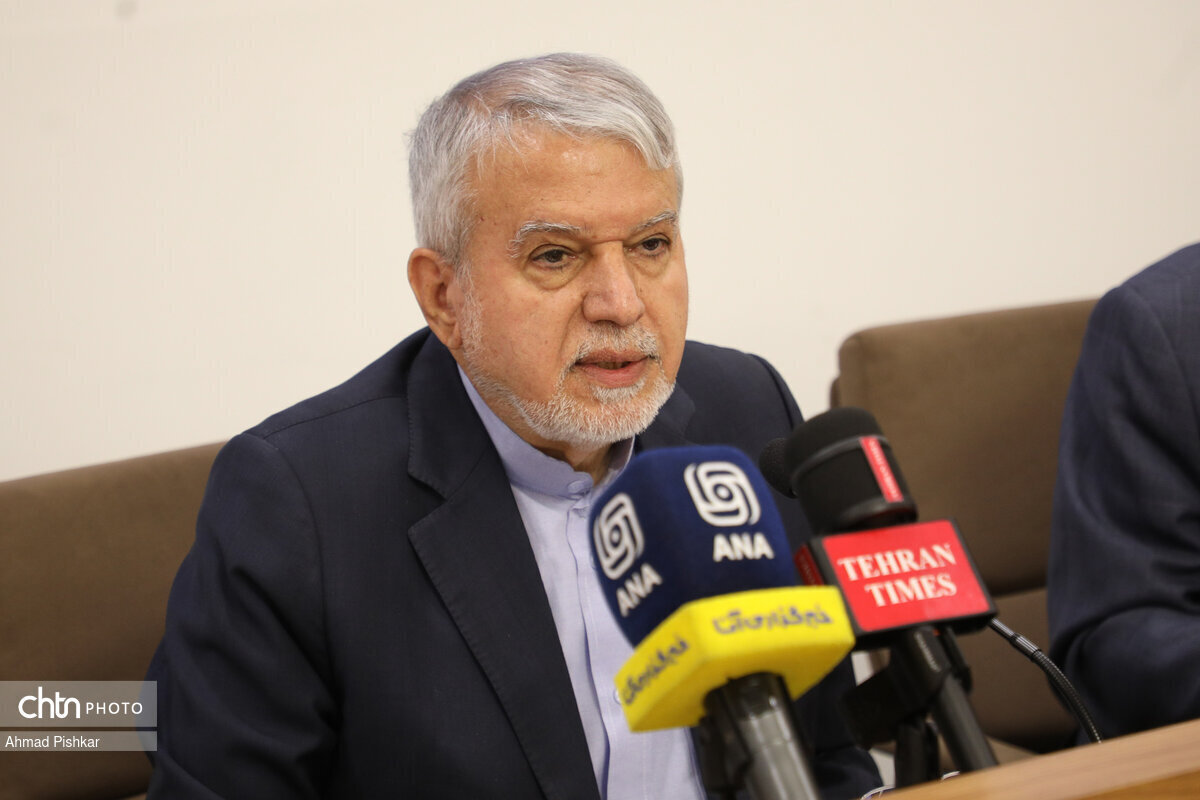Rural heritage, global meaning: Iran’s villages as beacons of cultural sustainability

Today, as the UN Tourism Organization inscribed the three Iranian villages of Shafi’ Abad in Kerman, Kandolus in Mazandaran, and Sohaili on Qeshm Island among the Best Tourism Villages of the World 2025, a new chapter opened in the cultural diplomacy of our nation — a chapter in which rural life itself becomes a message to the world.
In an age marked by civilizational turbulence and the restless acceleration of globalization, the world is once again searching for meaning, balance, and authenticity.
It is no coincidence that the global gaze is turning once more toward villages — those living reservoirs of wisdom, identity, and the art of harmonious coexistence between humanity and nature.
The inscription of these three Iranian villages within a single year places Iran among a select group of nations to receive such recognition.
This milestone is more than a cultural achievement; it is a testament to the creativity of local communities, to the vitality of a culture rooted in its land, and to a vision of development grounded in heritage, identity, and ecology.
Each of these villages tells a living story of resilience and innovation:
In Kandolus, the integration of traditional knowledge and modern creativity — reflected in its Herbal Museum and the thriving culture of indigenous medicine — represents a knowledge-based rural economy.
In Shafi’ Abad, women-led initiatives in handicrafts, qanat restoration, and eco-tourism illustrate the deep link between cultural heritage and social empowerment.
And in Sohaili, the fishermen of Qeshm have transformed their livelihoods into a movement for marine conservation — a symbol of human responsibility toward nature.
The UN Tourism selection process evaluated more than fifty indicators,
spanning cultural and natural resources, social and economic sustainability, innovation, and environmental protection.
That Iran stood out among these criteria reaffirms both its ancient heritage and its modern capacity to translate culture into a dynamic engine of development.
Looking forward, the Ministry of Cultural Heritage, Tourism and Handicrafts is preparing a National Roadmap for the Global Registration of Iranian Villages,
focused on infrastructure improvement, local training, and multilingual content creation — to amplify Iran’s presence and visibility in the global tourism network.
Iran, with over 60,000 villages, is not merely a geographical space; it is a living archive of human civilization — a land where history breathes, and every field, home, and river carries a memory of balance between humanity and the earth.
The global recognition of these three villages is not only a national success, but a cultural statement — a message from Iran to the world that genuine development springs from culture, not from external imposition; that sustainability begins with memory; and that the future of humanity depends on the wisdom of its roots.
With faith in this path, I believe that the name of Iran will remain not only inscribed in the lists of UNESCO and UN Tourism, but in the cultural memory of humankind itself — as a nation that continues to create meaning, harmony, and hope from its living heritage.
Leave a Comment